Blog 10
7th and 8th April
Salta
Total Distance – 2080km
When I read an article last year in The Explorers Club Journal about the discovery in 1999 of three Incan child mummies, found near the 6739m summit of Llulliallaco volcano that lies on the Argentine/Chile border, I was immediately captivated. It is the highest archaeological site in the world.
Five hundred years ago, in one of the last decades of the Inca’s reign (before the Spanish conquest), three children, a 15 year old girl, (known as Doncella, or the Maiden) a 7 year old boy (Llullaillaco Boy) and a 6 year old girl (Lightning Girl because she was struck by lightning in her mountain grave) were sacrificed to appease the Gods in the hope of bringing prosperity and as a political act to demonstrate Incan dominance over the other Andean cultures and communities. The ritual was called capacocha. I wanted to know more, and especially why these children, (and many others) were sacrificed.
The story fit with the premise of the expedition, to explore what the mountains mean to the Andean people, past and present. I looked up Professor Christian Vitry, perhaps the most eminent local archeologist who was a member of the expedition, lead by Johan Reinhard in 1999, that discovered the children. Christian was enthusiastic to receive and educate us about the discovery and its legacy. These children were perfectly mummified, naturally in the volcanic ash of Llulliallaco, in an atmosphere of about 10% oxygen and an average temperature of about -12C.
We visited the MAAM – the Museum of High Mountain Archeology – in Salta to see The Children of Llulliallaco, and learn more about them and the final two years of their short lives. Christian made time out of his busy schedule (in between teaching at the university and preparing for an expedition in two days time) to meet us and give us a personal guided tour of the museum. On the first day, we didn’t have permission to film or take photographs – which is the case for the general public. We just listened intently to Christian’s explanations (and Rolando’s translation for me).
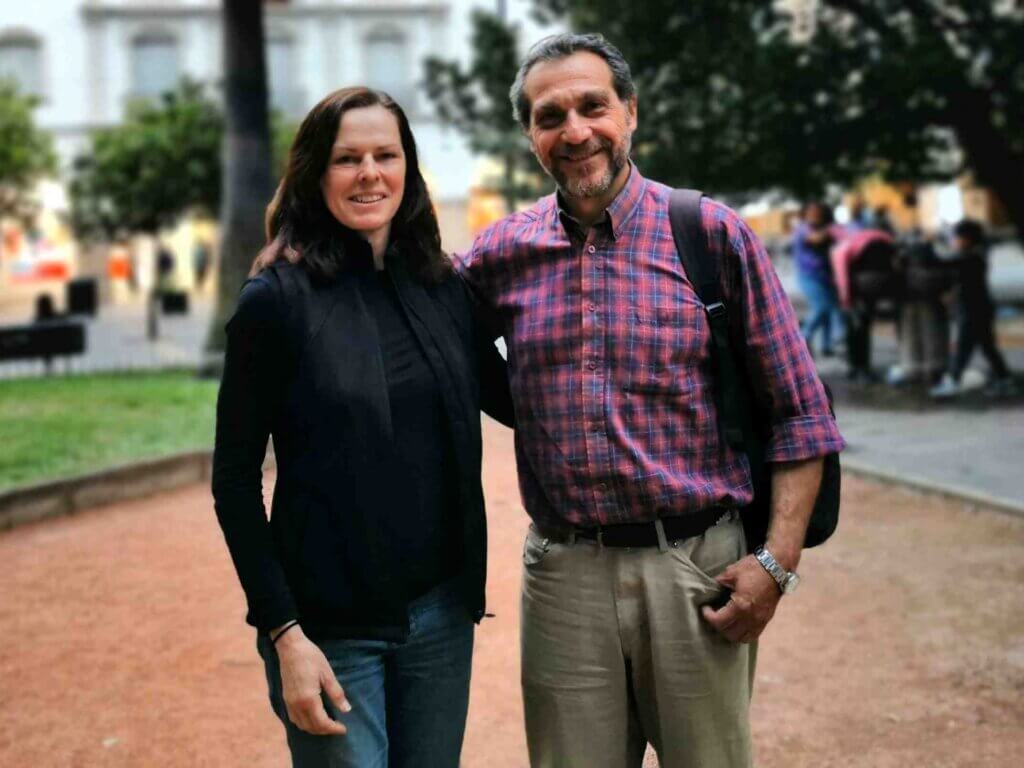
Christian was able to speak with the directors and the next morning, before the general public were allowed in, we were incredibly fortunate to be permitted to film and photograph the exhibition, guided in English by none other than one of the directors, Gabriela Recagno.
Here are a few images – quick snaps as I was also presenting for the camera.
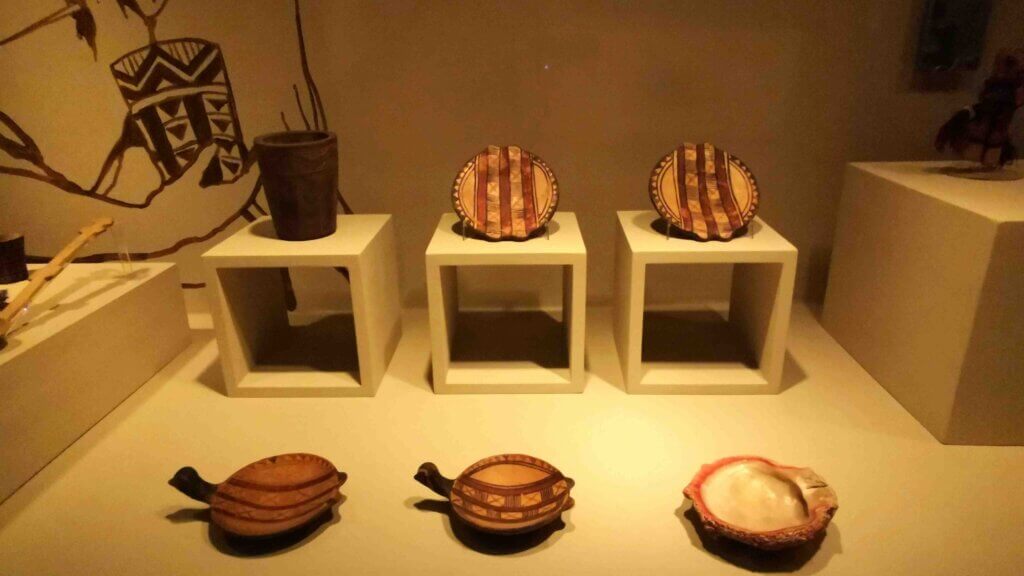
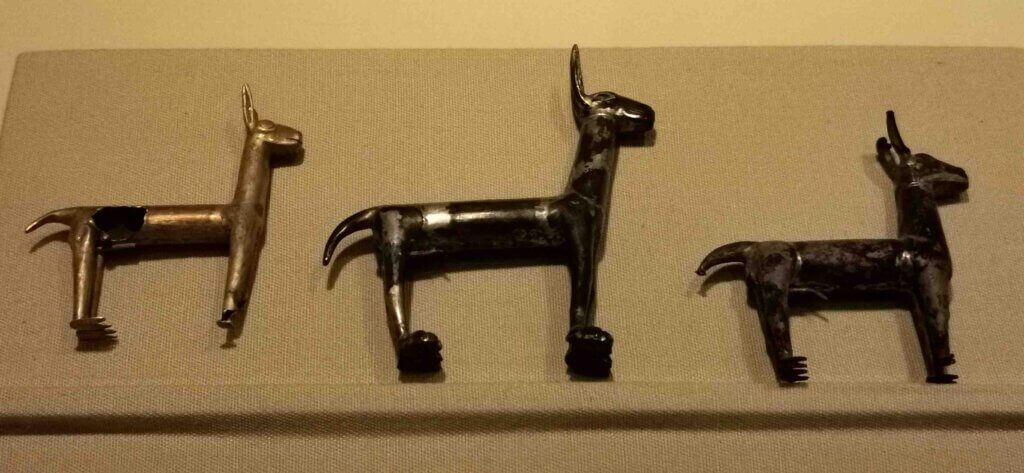
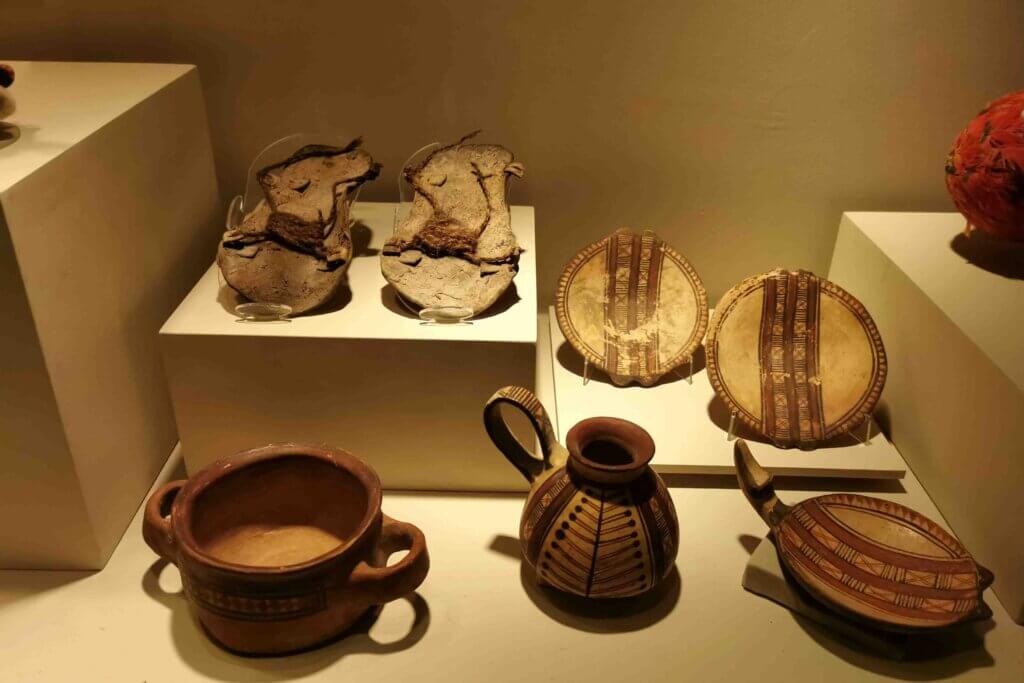
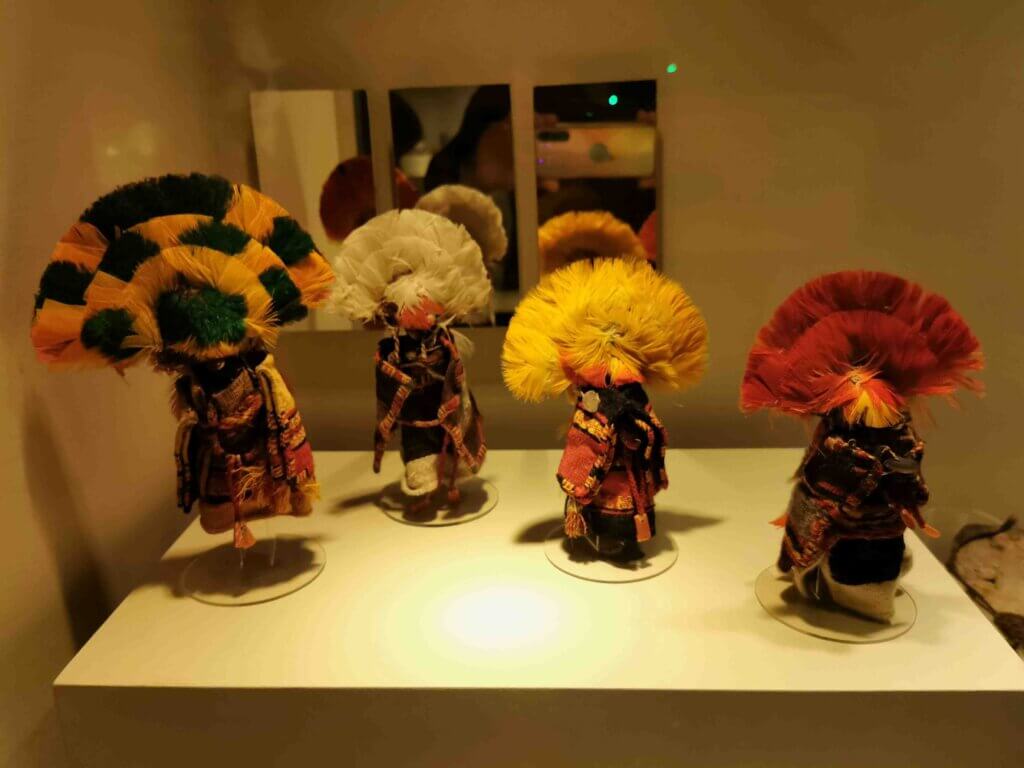
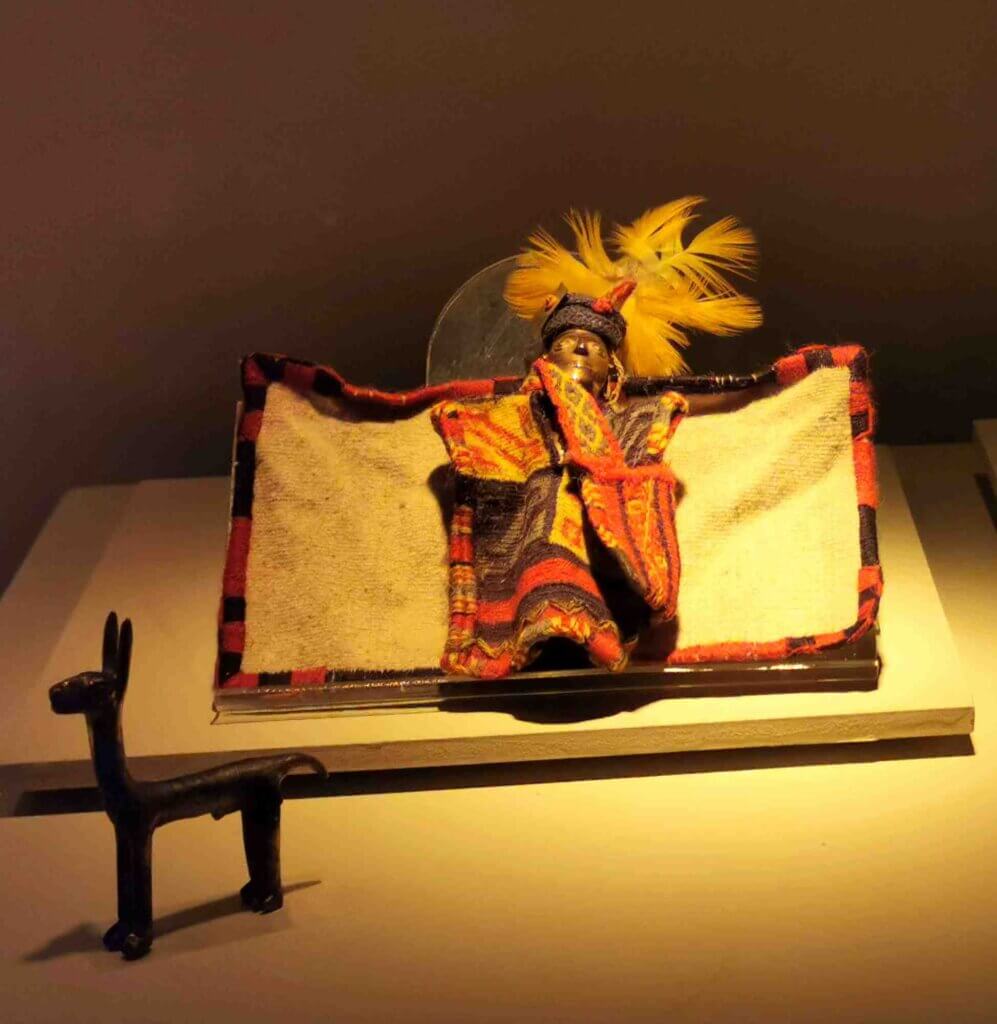
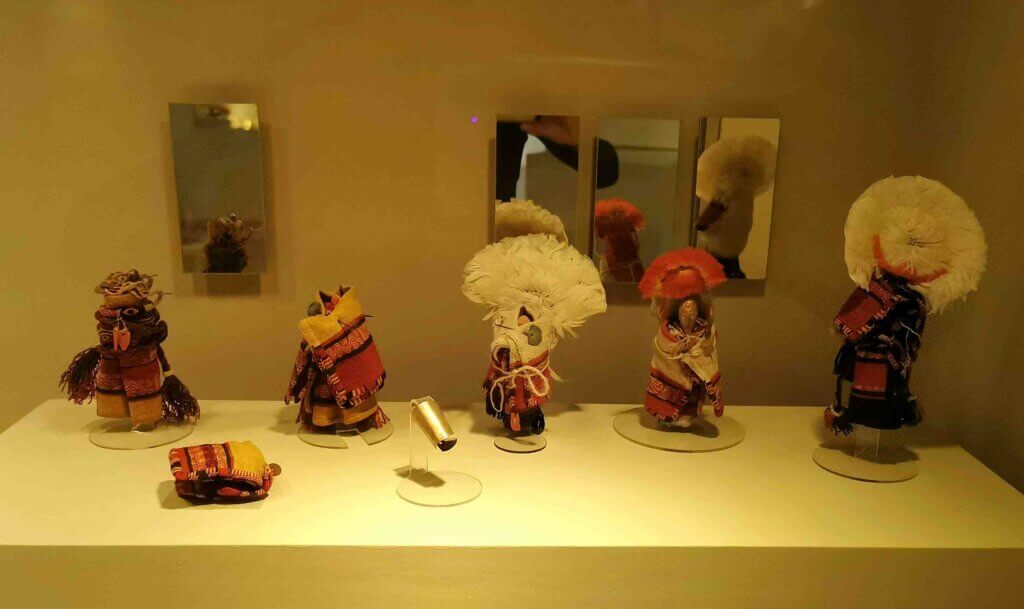
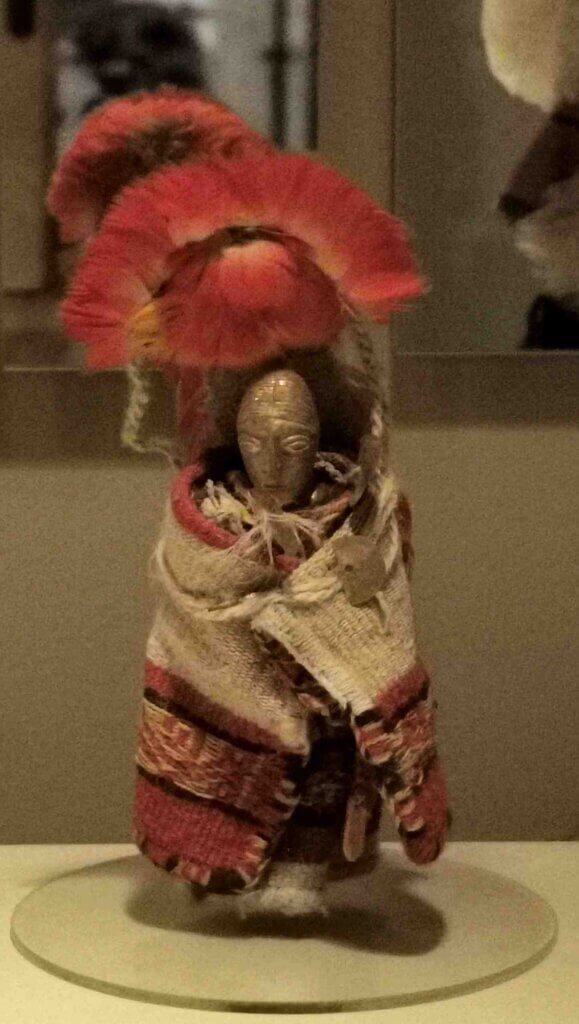
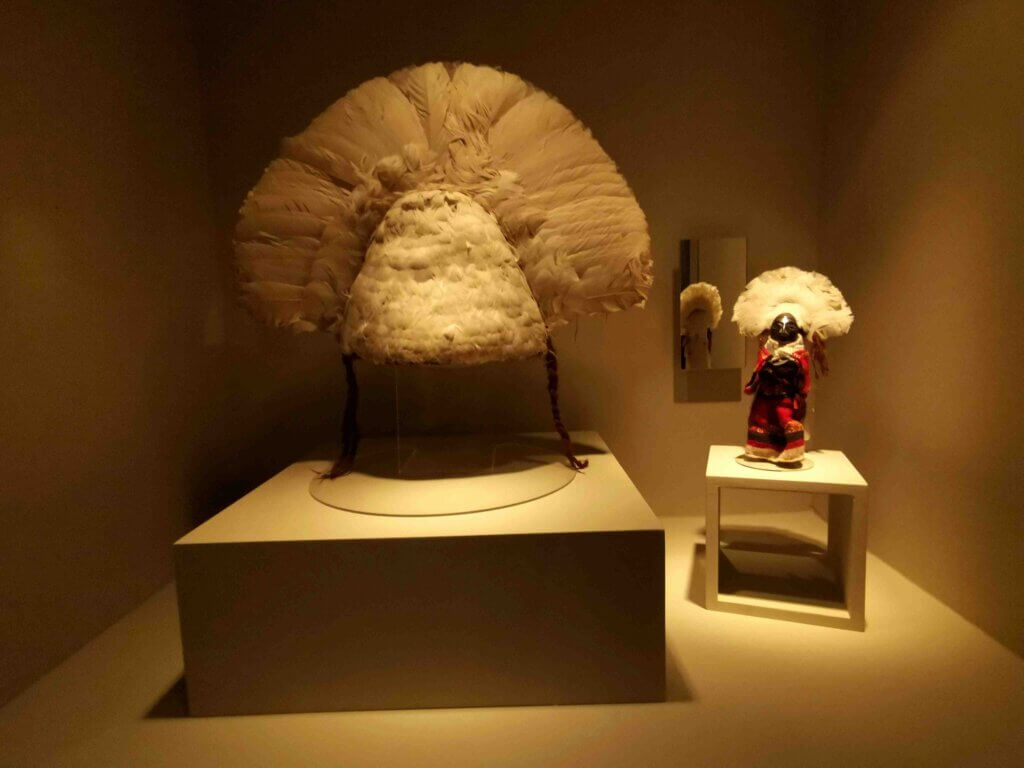
The capacocha ritual begins approximately two years before the subjects are sacrificed when royal or high class children were selected, often from a province the Inca elite wanted to assert their power. The children would have been treated like gods. Evidence from hair samples shows their diets changed profoundly in the two years leading to their sacrifice, particularly with the high consumption of meat. The procession would have begun in Cusco with many attending to the children, priests, etc. They would have travelled over many months via the coast and back to the mountains, a distance of maybe 1500km to reach Llulliallaco. In the last month, the children were given a diet of largely alcohol and coco leaves. A combination of being drugged, the altitude, cold would have eased the stress and sent them out of consciousness. Unlike other mummified specimens discovered, the children died peacefully rather than by violence. Their bodies are entire, with all their organs. We only got to see the boy – so small – but I see him as a child, not a collection of poorly preserved skin and bones.
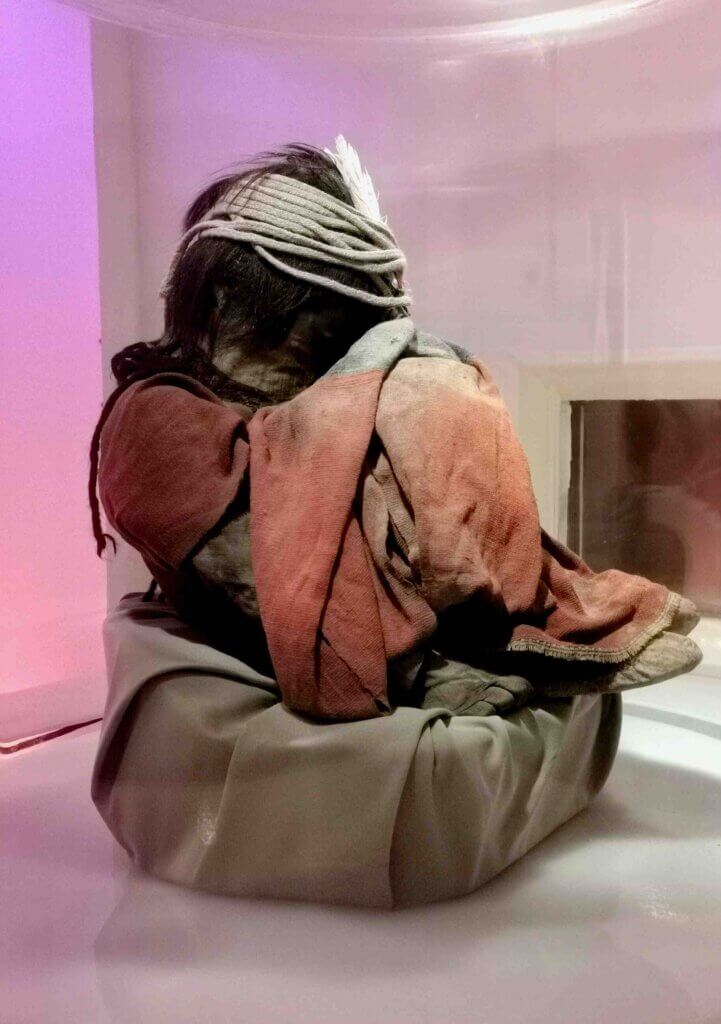
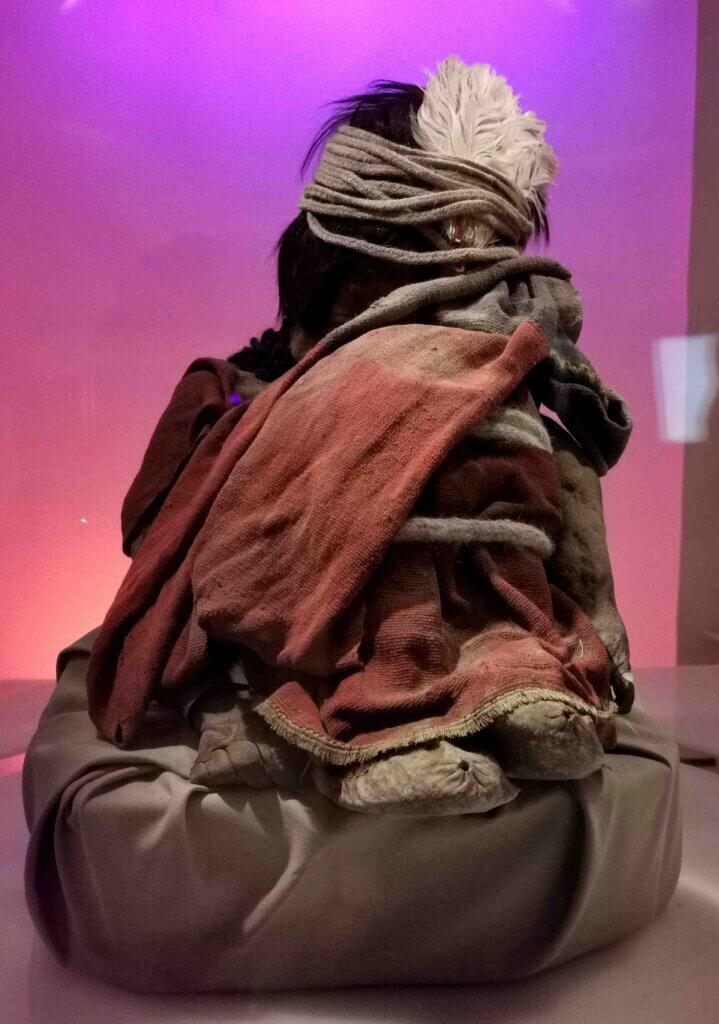
To complete the tour, Mario, who is responsible for pioneering the cryo-preservation of the children, gave us a talk about the process, exclusively designed for the Children of Llulliallaco. The techniques have been based around the conditions the mummies were preserved in near the summit of Llulliallaco, and learning about the processes used for preserving meats in the food industry. On top of this, there is a whole lot of science. Only one child is on display at a time, and switch every six months to minimise movement and changes of condition. They are kept in a hi-tech capsule, monitored 24/7 for any changes, such as a reduction in weight (which would indicate dehydration) or a darkening of the skin (indicating oxidation). The atmosphere they are kept in is 98% nitrogen, 2% oxygen at a temperature of -20C. Mario is soon to become a director too.
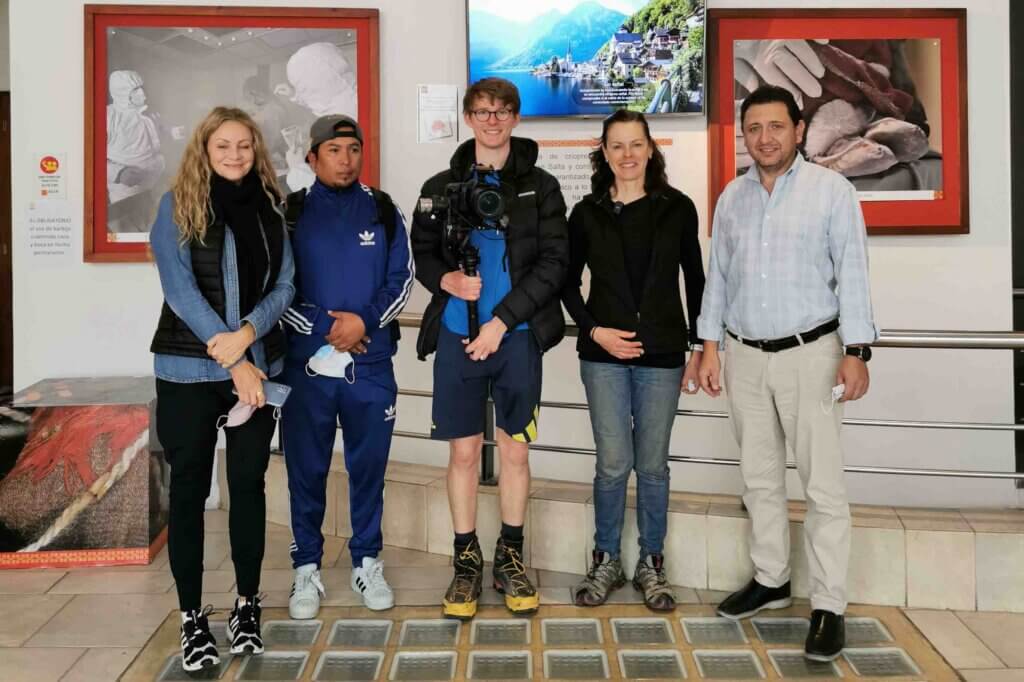
We were extremely privileged and grateful to Christian, Gabriela and Mario for educating us and allowing us to capture the story on film. However, this is only Part 1. The next step is to travel to the remote volcano which straddles the Argentine/Chile border and climb the mountain to see where the children’s lives ended on Earth.
At the conclusion of her tour, Gabriela had some very poignant words about why we should care about these three Incan children who passed on to the next life (according to the Incas) half a millennium ago. They are a gift that, through modern science, is teaching us so much about Incan life that was never recorded by the Spanish – what they ate, how they lived, communicated, details of their rituals and beliefs. Until recently, there wasn’t much interest in indigenous history in Argentina, only the history of the colonists. The children’s legacy is also to open the conversation, recognising all Argentinians.
The journey to Llulliallaco for me will be a kind of pilgrimage to shine a light on what the Children of Llulliallaco mean past and present – not just to Argentinians.
Christian has found us a guide whom we met in Salta, but unfortunately he has just tested positive for Covid-19. We have just secured a replacement guide whom we will meet in Tolar Grande, a four day ride from Salta. To climb Llulliallaco will be by far the toughest climb Toby and I have ever done, 1000m higher than we have trekked before. Making it to the summit will be a serious achievement for us.









Fabulous reading and learning, thank you. Wishing bests for the climb, enjoy!
Keep ascending pinnacle by pinnacle – achievements and understanding abound
Great blog post Kate, such an interesting story. That will be a seriously high trek to get to 6700m. Very best of luck and good management to reach the summit.
Fantastic story Kate. And what an important comment by Gabriela. Look forward to your reflections when you get to the summit. Go well!
Very interesting blog Kate. Stay safe.
Fascinating history, Kate. Thanks for your efforts in pursuing and sharing this important aspect of indigenous culture. Safe climbing!
What a fantastic story
Great Story!